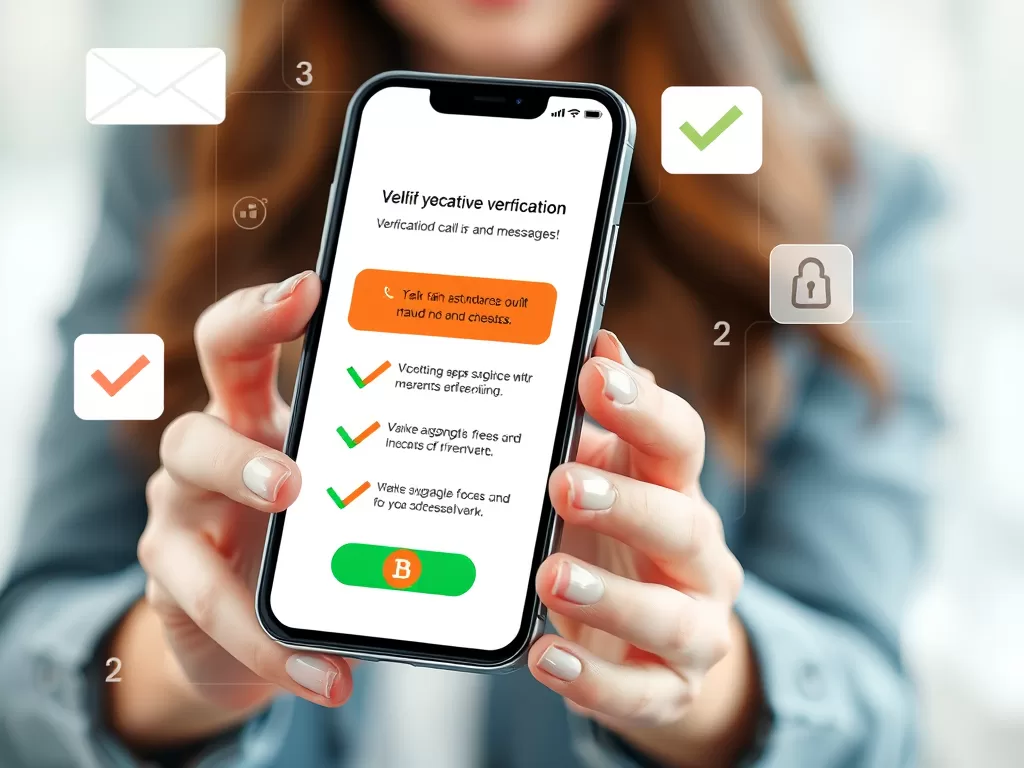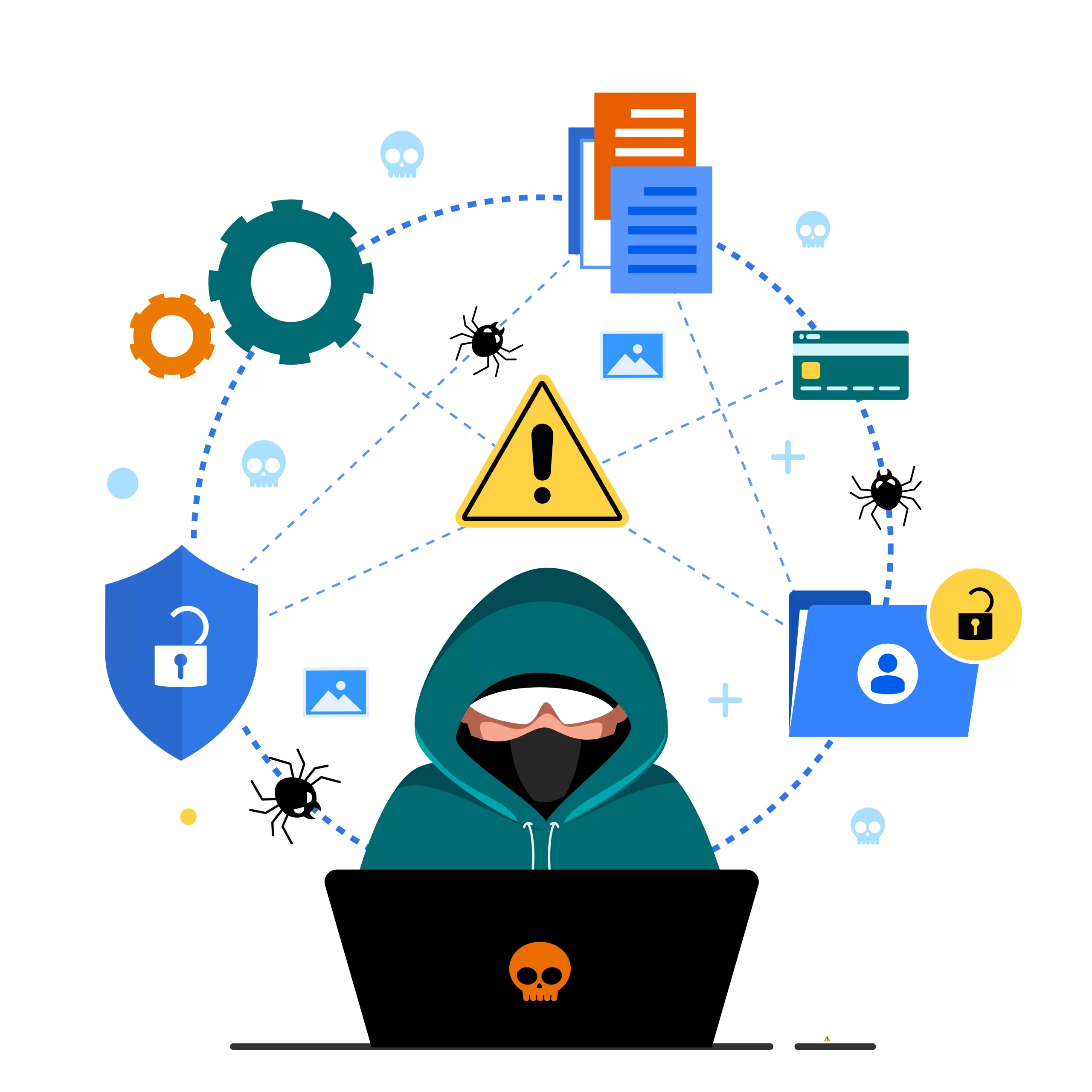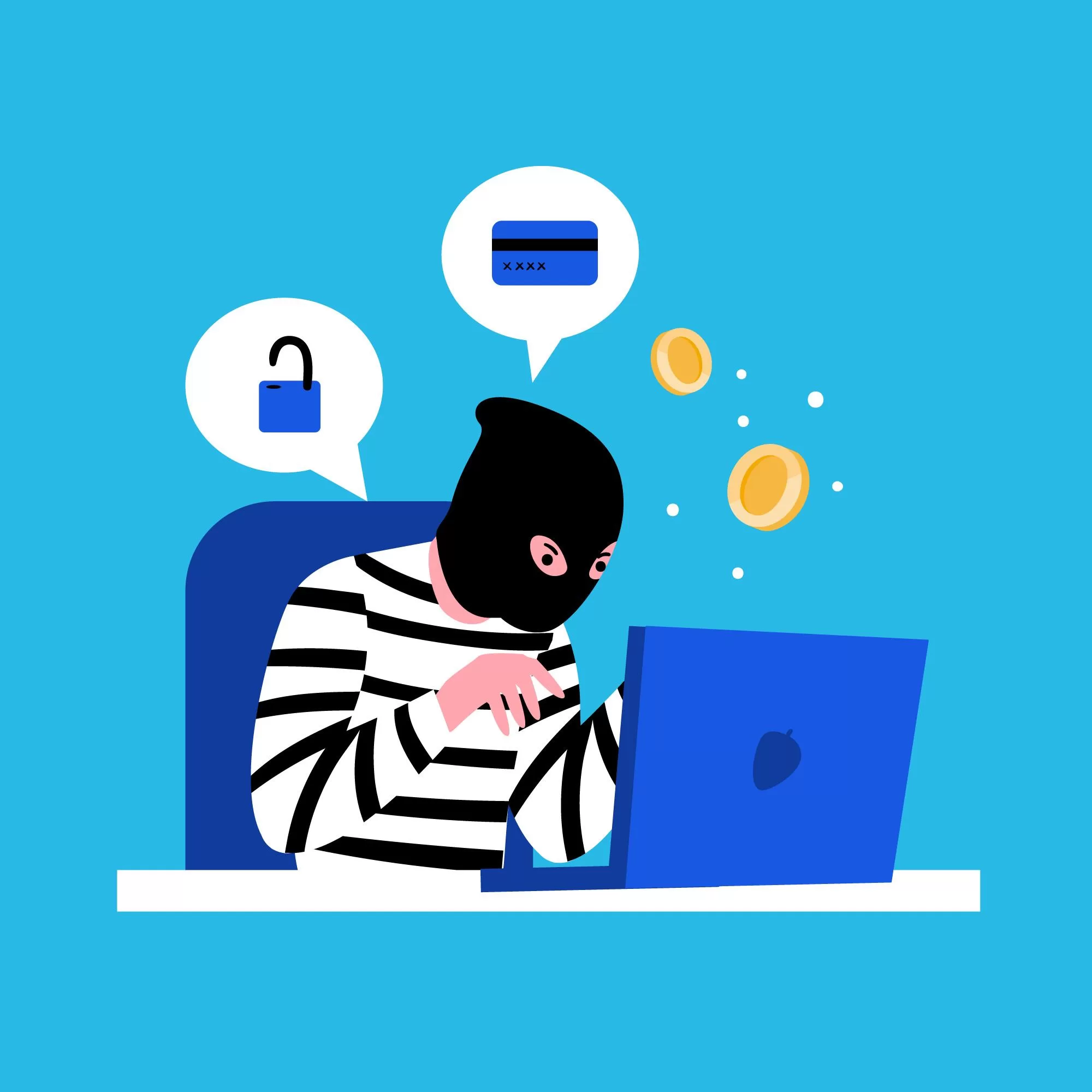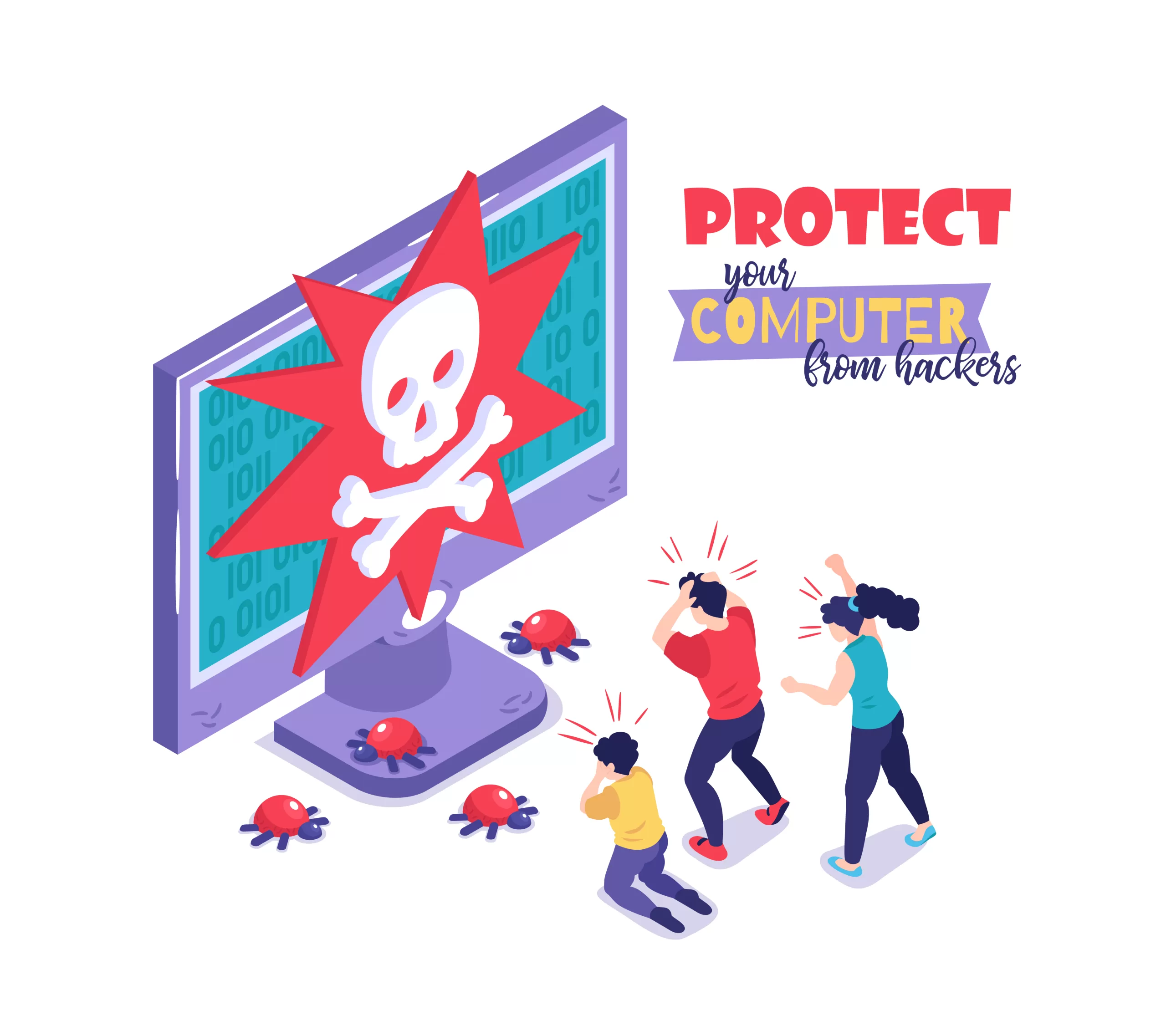
In today’s digital age, cybercriminals are constantly devising new ways to deceive people. One common method they use is through unsolicited calls and messages, where they pose as legitimate entities to trick individuals into revealing personal information or transferring money. To protect yourself from falling victim to such scams, it is essential to verify the source of any unexpected communication before taking any action. Here’s how you can do it:
Be Skeptical of Unsolicited Communications
Always be cautious when you receive an unexpected call, email, or message that asks for personal details, financial information, or requests for money. Scammers often create a sense of urgency to make you act quickly without thinking.
Steps to Verify the Source:
- Check Caller ID and Email Address:
- Look at the caller ID or email address of the sender. Scammers often use numbers or addresses that are similar to those of legitimate organizations but with slight differences.
- For phone calls, if the number looks suspicious, do not answer it. Let it go to voicemail and listen to the message later.
- Do Not Share Personal Information Immediately:
- Never provide personal or financial information over the phone or via email unless you are absolutely certain about the identity of the requester.
- Reputable organizations will never ask for sensitive information like your Social Security number or Aadhaar Number, PAN Number, any government ID Card Number, bank account details, or passwords through unsolicited calls or messages.
- Contact the Organization Directly:
- If the call or message claims to be from a bank, government agency, or any other official entity, contact the organization directly using a phone number or email address from their official website.
- Do not use the contact information provided in the unsolicited message, as it could be part of the scam.
- Ask for Verification:
- If you are speaking to someone who claims to be from a legitimate company, ask for their name, employee ID, and a callback number. Then, hang up and call the official customer service number of the organization to verify their identity.
- Genuine representatives will understand your caution and will be happy to comply.
- Look for Red Flags:
- Be wary of calls or messages that create a sense of urgency or pressure you to act immediately. Scammers often use tactics like threats of legal action or promises of significant rewards to make you act impulsively.
- Poor grammar, spelling mistakes, and unprofessional language are also indicators of a potential scam.
- Use Technology Wisely:
- Many smartphones and email services have built-in spam and fraud detection features. Enable these features to filter out suspicious communications.
- Consider using call-blocking apps to screen unknown numbers.
Example Scenario:
Imagine you receive a call from someone claiming to be a representative of your bank. The caller says there has been suspicious activity on your account and asks for your account number and password to verify your identity. Instead of complying immediately, follow these steps:
- Thank the caller and say you will call back.
- Find the official customer service number of your bank from your bank statement or the bank’s website.
- Call the official number and explain the situation. The bank representative can confirm whether the call was legitimate or a scam.
By verifying calls and messages before taking any action, you can significantly reduce the risk of falling prey to cybercriminals. Always take a moment to pause, think, and verify to ensure your personal and financial information remains secure.






